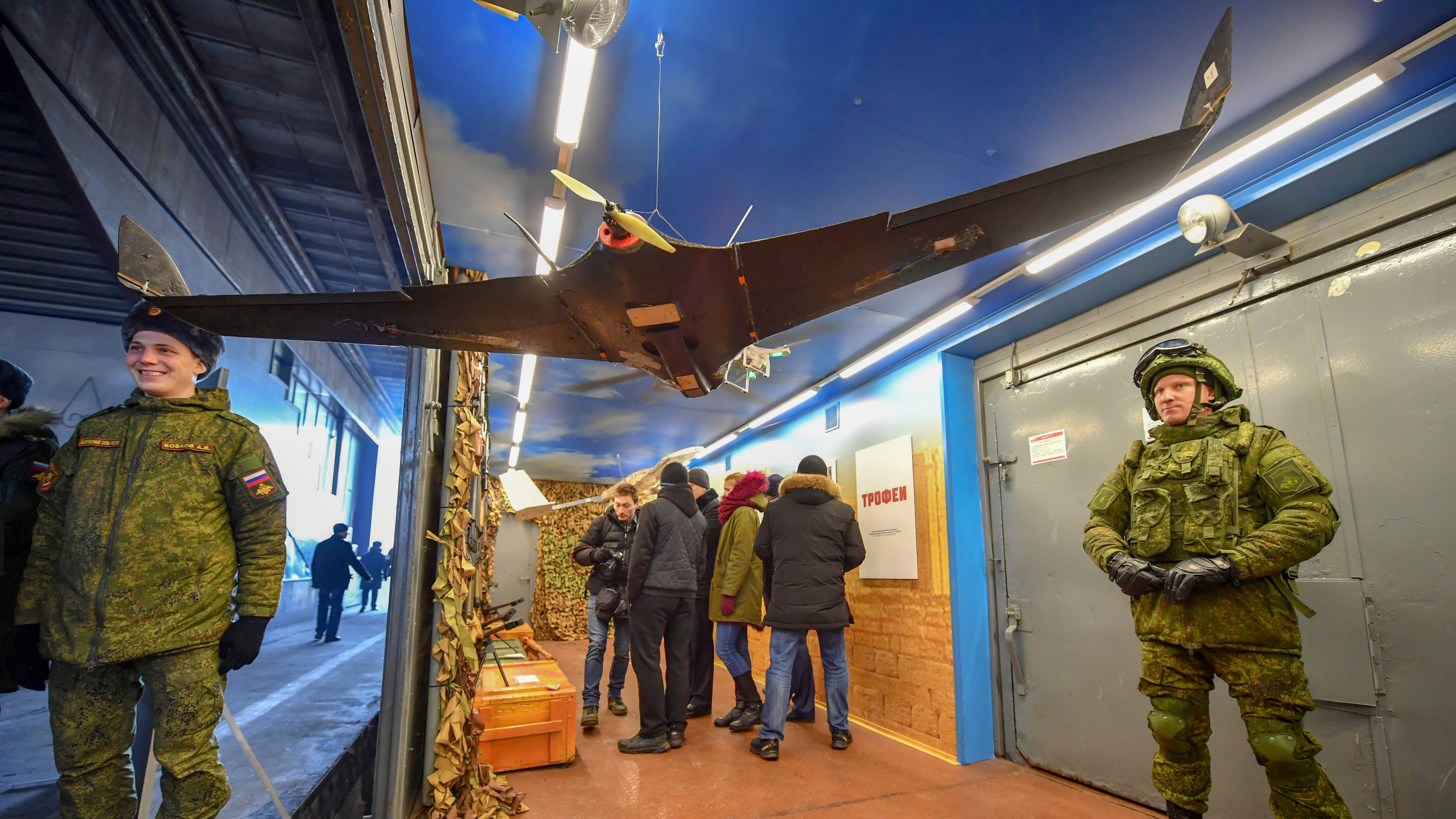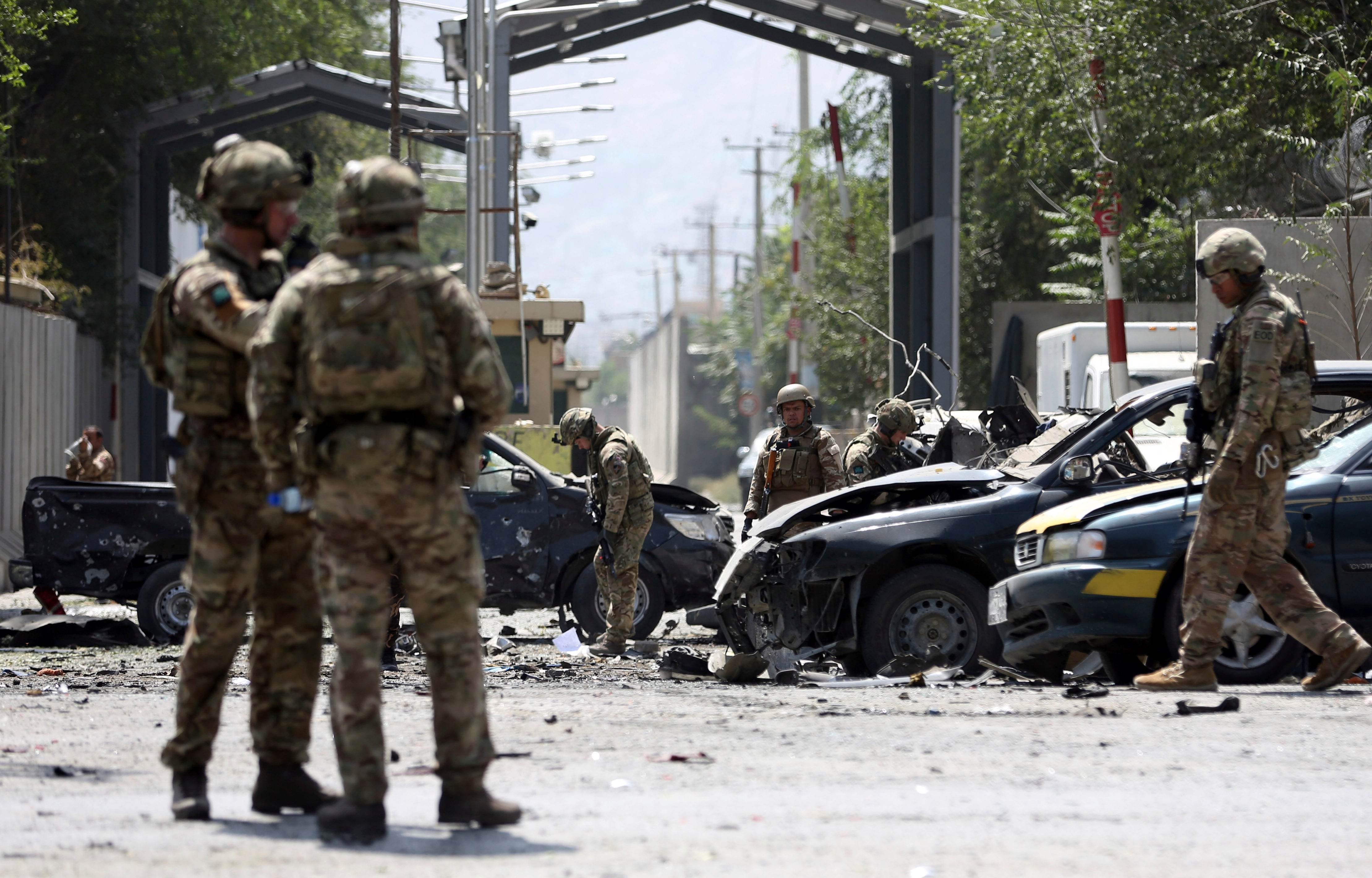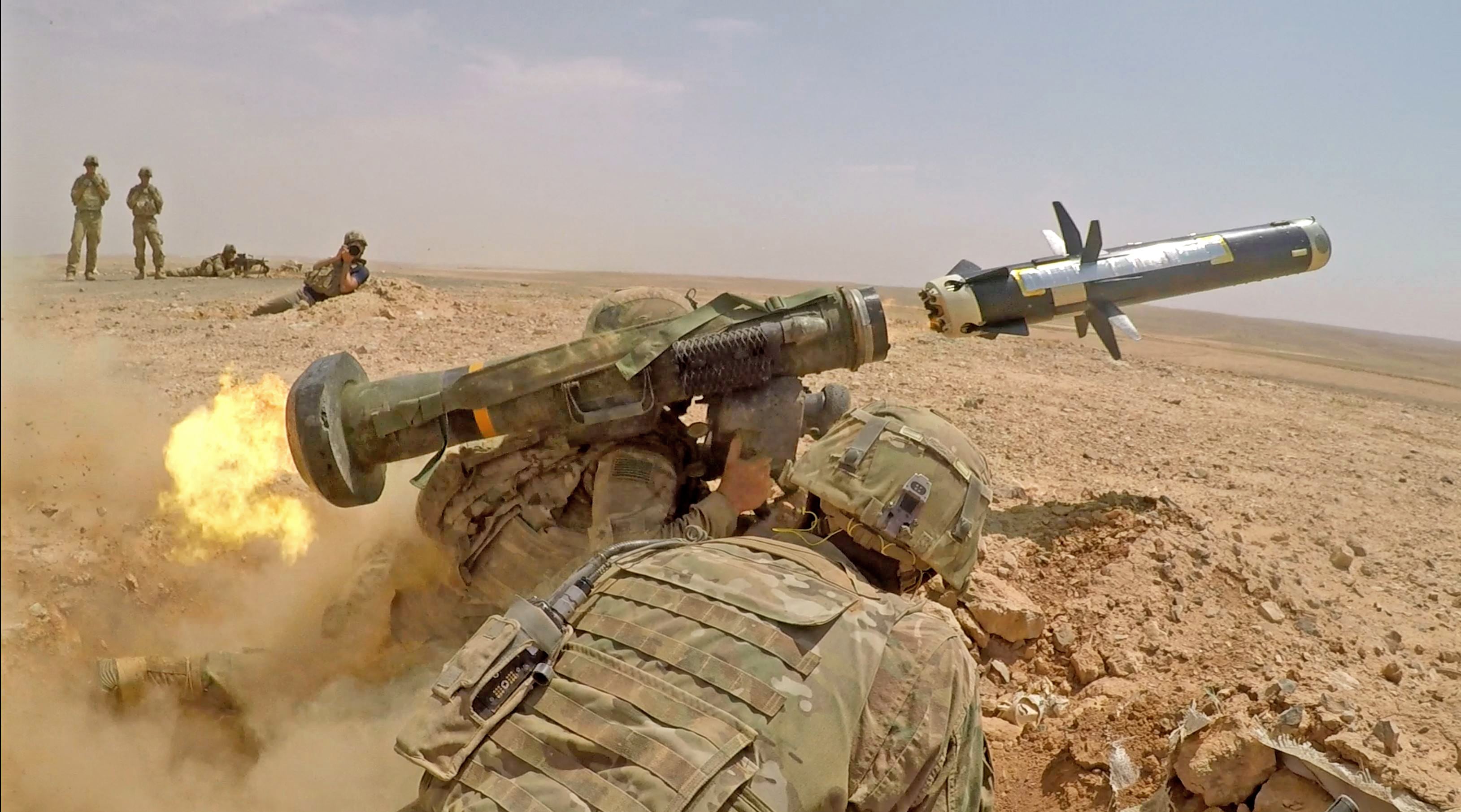The Army’s component command responsible for the Middle East area of operations hasn’t shrunk away from the headlines, despite the Pentagon’s stated objective to increasingly focus on peer adversaries elsewhere in the world.
Tensions with Iran, attacks on oil infrastructure in Saudi Arabia, failed peace talks in Afghanistan and an uncertain future in Iraq and Syria still demand attention.
The Pentagon announced in late September that it was sending about 200 service members, an Army Patriot missile defense battery and four Sentinel RADAR units to defend Saudi Arabia against potential future attacks after a series of strikes on oil fields on Sept. 14.
The attack was blamed on Iran, though leaders there denied involvement and no one was injured or killed.
The deployments of U.S. troops are “defensive in nature,” and are at the request of the Saudi government, according to Lt. Gen. Terry Ferrell, who assumed leadership of U.S. Army Central Command in March.
“They should not be misconstrued as a signal for future hostilities,” Ferrell said. “We remain flexible ... We assess the situation daily and address protection requirements as needed.”
Tension "has always been the norm” in the CENTCOM area of operations, Ferrell said, adding that the region is the “poster child” for "volatile, uncertain, complex and ambiguous” operating environments.
Saudi Arabia and Iran, for instance, back opposing elements in the Yemeni civil war, which has cost nearly 100,000 lives.
Ferrell answered questions from Army Times via email regarding regional issues affecting the service today. The Q&A has been edited for length.
In an era of shifting geopolitical focus, how do the allies, relationships and missions that ARCENT takes part in remain important?
Ferrell: This resurgence and the potential threats posed are present and impacting the Central region today.
From security discussions in the Central Asian states that include Russia’s historical influence and China’s “One Belt, One Road” economic strategy, to Russian military activities in Syria and China’s interest in investing in sea ports of embarkation in the Arabian Gulf, the “great powers” are (t)here.

And where we are not, someone will fill the void, and it may not be to our strategic advantage. So the work we do with partners in the region, as well as with our traditional allies and those partners, remains critical to regional and global stability.
How has ARCENT changed its mission to better align with the new National Defense Strategy?
Our mission aligned with the NDS from its publication in 2018: Being vigilant to enduring threats, including terrorism and Iran; being part of a lethal joint force; and strengthening our partnerships.
The basic mission of CENTCOM’s Theater Army remains pretty straight forward and unchanged, but I think our awareness of larger global factors that influence the region, including having an impact on those partners as well as potential adversaries, has at least been honed a bit.
And, in accordance with the NDS, we are partnering with allies who are contributing more to the overall joint and coalition effort.
Do ongoing combat operations in Afghanistan, Iraq and Syria impact that shift to align with the new NDS?
Again, we feel that our forces are well postured with the right capabilities and demonstrate our strong relationships to deal with the new resurgence of the great powers, and our current operations all require an acute awareness of the broader strategic environment.

Does ARCENT feel well resourced for its current missions despite the DoD’s growing focus on the Indo-Pacific and Eastern Europe?
I think you have to put it in some historical context.
The Army capabilities that we have today in the region are more robust than at most times in the past three decades, not counting forces in Iraq during the surge over a decade ago, or even in 2011-2012 in Afghanistan.
USARCENT used to execute deterrence and security cooperation with a rotating small staff at the old Camp Doha, Kuwait, during the Intrinsic Action days of the 1990s, receiving operational control of rotating battalion task forces, sometimes up to brigades when tensions increased.
Today, we have a capable and lethal mix of capabilities and bilateral partnerships to allow for rapid access and basing across the region in a crisis. I am confident that the services will provide the CENTCOM commander with the needed capabilities.
I believe something like 60 percent of CENTCOM’s forces are Army. How does the massive commitment to the Mideast impact Army readiness? Are there any situations, exercises, or missions where it actually increases readiness for the Army?
Those percentages are about right, and that’s going to be the case in joint operations worldwide. As a result of Title 10, Department of Defense Directives, and Executive Agent responsibilities, the Army contributes a significant portion of sustainment and other support to joint operations, known doctrinally as Army Support to Other Services, or ASOS.
For example, Army forces, generally assigned to the theater armies, form the backbone of sustainment, medical, communications and intelligence capability for the joint force commander. The joint force can’t shoot, move, or communicate on a sustained basis without a significant Army commitment.
In my mind, when a unit deploys into an active operational environment and performs a mission essential task, that improves overall readiness.

One very important area in which we are building readiness is leader development, especially junior leaders within deploying formations. These young officers and noncommissioned officers benefit from the experience of conducting operations in a joint and coalition environment that is unique. From actually supporting combat operations to conducting coalition training exercises, to partnering with coalition formations that are fielding new equipment, our formations benefit from these experiences.
For example, Exercise Eager Lion that we just completed with the Jordanian Armed Forces — conducting tactical training, including live fire, in a joint and multinational environment — makes a unit, its leaders, soldiers and processes better. The same logic applies in terms of building muscle memory on deployment and redeployment operations and getting reset for the next mission.
Is there anything new for ARCENT in the coming year(s)? For instance, l believe Spartan Shield has been a growth point?
Task Force Spartan is not in and of itself larger, in terms of numbers, but our approach has been more deliberate, and how we look at capabilities has been more holistic. We brought in a division headquarters to run the day-to-day activities of several functional brigades, enabling our staff to look at the operational requirements and better set conditions for unified land operations.
At the same time, we remain fully supportive of the Army’s strategic vision. We understand that to build the land force of the future requires all of us to maximize what the Army’s allocated to CENTCOM and adjust our posture. We are constantly calibrating joint requirements for Army capabilities against Army requirements to conserve or return resources needed for Army modernization.
Kyle Rempfer was an editor and reporter who has covered combat operations, criminal cases, foreign military assistance and training accidents. Before entering journalism, Kyle served in U.S. Air Force Special Tactics and deployed in 2014 to Paktika Province, Afghanistan, and Baghdad, Iraq.




